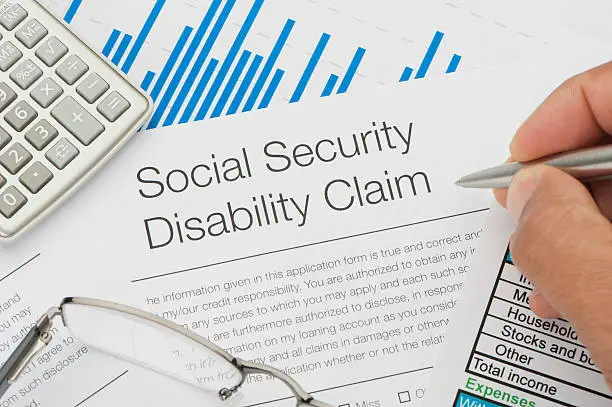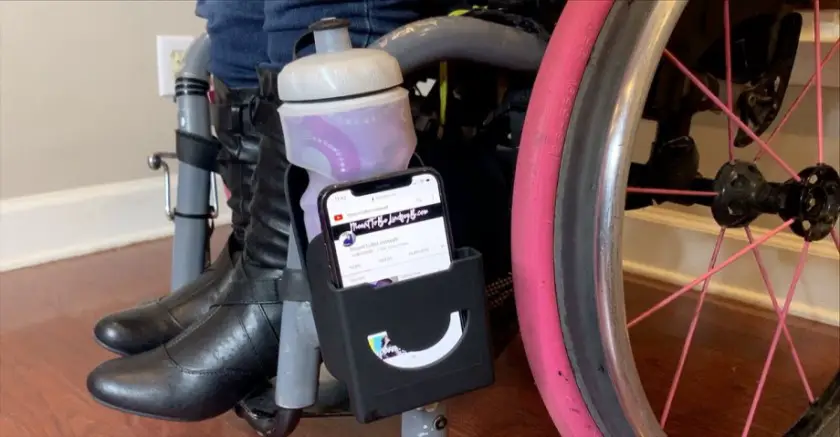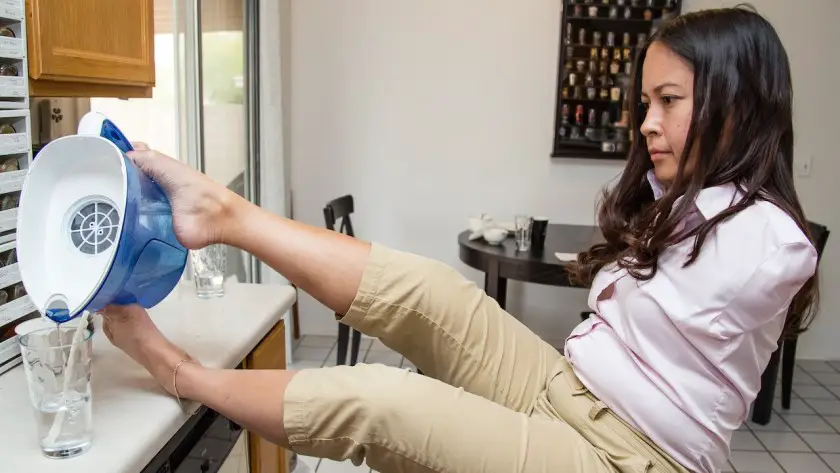The spine is known to be S-shaped (which helps it endure an even weight distribution, hence enabling flexible movement) when looking at it from the side and straight when looking at it from the front.
If your spine is not straight and is forming an unusual C or S shape from the front view, then you have a condition known as Scoliosis.
Scoliosis is an incurable condition of the spine and it is mostly detected with laboratory tests, medical imaging, and the physical appearance of the individual.
Some of the causes of scoliosis, although not particular, include cerebral palsy, muscular dystrophy, some birth defects that affect the growth of the spine bones, spine infections/injuries, abnormalities of the spinal cord, and hereditary factors.
Table of Contents
- Effects of Scoliosis
- How to Apply for Disability Benefits
- How to Get Your Disability Benefits If You Have Mild Scoliosis
- Key Actions to Successfully Get Disability Benefits for Scoliosis
Effects of Scoliosis
Scoliosis could result in uneven body appearance that can cause the individual to have low self-esteem; back problems that can cause pain in the ribs, abdomen, neck, and even the legs; breathing and heart complications that can result in shortness of breath and chest pain.
Others include muscle spasms, differences in the shoulder, hip, and leg length, stiffness, numbness, and weakness, bloated feeling after food because the abdomen is pressured by the spine, trouble walking or standing up straight, and the head looks displaced from the center of the body.

Since scoliosis is incurable, some treatment options that can help manage the condition are pain relievers, back braces that stop the curve from worsening, and surgery to straighten some of the curves and reduce the severity.
Scoliosis can, therefore, be termed as a posture disability. Below are the required steps that can help you get disability benefits for this condition.
Related: How Fat Do You Have to be to Get Disability? (Answered)
How to Apply for Disability Benefits
Because scoliosis, in most cases, can be mild than severe, and the patient can walk and at least go about their day-to-day activities, it is not usually regarded as a disability by social services for the disabled and health insurance companies.
With the aid of a good attorney, you have to put up a good case that proves that you are indeed suffering from a disability that is a great hindrance to your quality of life. Consider doing the following.
Collate Necessary Reports
Compile all your comprehensive medical reports, every single thing from MRIs, X-rays, scans, and lab results. This is important because they are weighty proof that will aid your case.
An MRI is usually considered standard proof because of its ability to show the severity and actual state of your scoliosis. Gather the films and reports by the radiologist.
Don’t forget to also include, if available, evidence of your pain relief prescriptions, physical therapy or massage, walking aids, back bracings, or chiropractic care.
Use POVs
Gather POVs (point of views) and statements from your doctor, therapist, and employer. Your doctor needs to categorically state in your medical report that it is not wise and safe for you to continue exerting yourself physically because you’re trying to earn a living.
Your doctor or therapist needs to go further by stating that the curve could worsen and become a potential threat to your life in general, as scoliosis tends to worsen over time if not properly managed.
Your employer could include an opinion that states that your condition is resulting in low productivity at work, which can become a potential threat to the company’s future in the long run.
Get an Affidavit
A sworn oath/affidavit by you that contains information on your day-to-day restrictions and limitations, and which also states how you’re functionally impaired and how the scoliosis is affecting your productivity levels at work, home, and with your social life.
You can even go on by stating the negative side effects of your medications and how they mess with your daily life activities.
If you are able to prove the following with the help of a good attorney, then you have a high chance of getting disability benefits as a scoliosis patient.
Related: How to Ask About Disability in a Survey
How to Get Your Disability Benefits If You Have Mild Scoliosis

If your scoliosis is not severe, don’t disregard trying to apply for disability benefits because your spine curvature might tend to worsen over time. This is why you might need to do something extra if it doesn’t fit into the severe category.
You will need to go through a Residual Functional Capacity (RCF) analysis.
This means that your doctor will provide detailed information containing how your scoliosis is a hindrance to your daily living like hospital appointments, self-care, driving, shopping, cleaning, and cooking. If possible, this analysis should include images, recordings, or statements.
The statements could be from your relatives, friends, or colleagues who help you with your daily activities from time to time. They could state how it’s affecting their lives. Even your employer can partake in this.
Additionally, it would be great if you keep a journal that contains details of how you struggle every day to continue living because of your scoliosis.
Related: How to Choose Disabled Clothing for Wheelchair Users
Key Actions to Successfully Get Disability Benefits for Scoliosis
Get the Services of a Law Firm
There are a lot of law firms that help with cases like this, especially helping to provide proof that scoliosis is in fact a disability. So, make this your first step of action before anything else.
Have a Strong Proof
Make sure that your applications and medical reports can prove that your condition is leaned towards severe scoliosis (if you continue to work) that could impair your ability to move/walk properly.
Try to prove that your scoliosis is showing some signs that could result in complications with your heart and lungs – which is why you have shortened breaths and regular chest pain.
Be Specific
Your request is most likely going to be granted based on the limitations caused by scoliosis. Therefore, be specific and intentional with the wordings that you use when filing your application.
If, for example, the lengths of your legs are not the same – such that one of them bears more of your body weight than the other – thereby leading to pain when you walk, don’t fill in your application that it is difficult to walk.
This will imply that it is only difficult for you but you can do it, you didn’t say that you can’t.
Rather be specific when you are filling out your application and state that you cannot walk more than 1km without feeling pain in your legs.
This would mean that you cannot perform a huge percentage of your daily activities yourself without it inconveniencing you and those around you.




